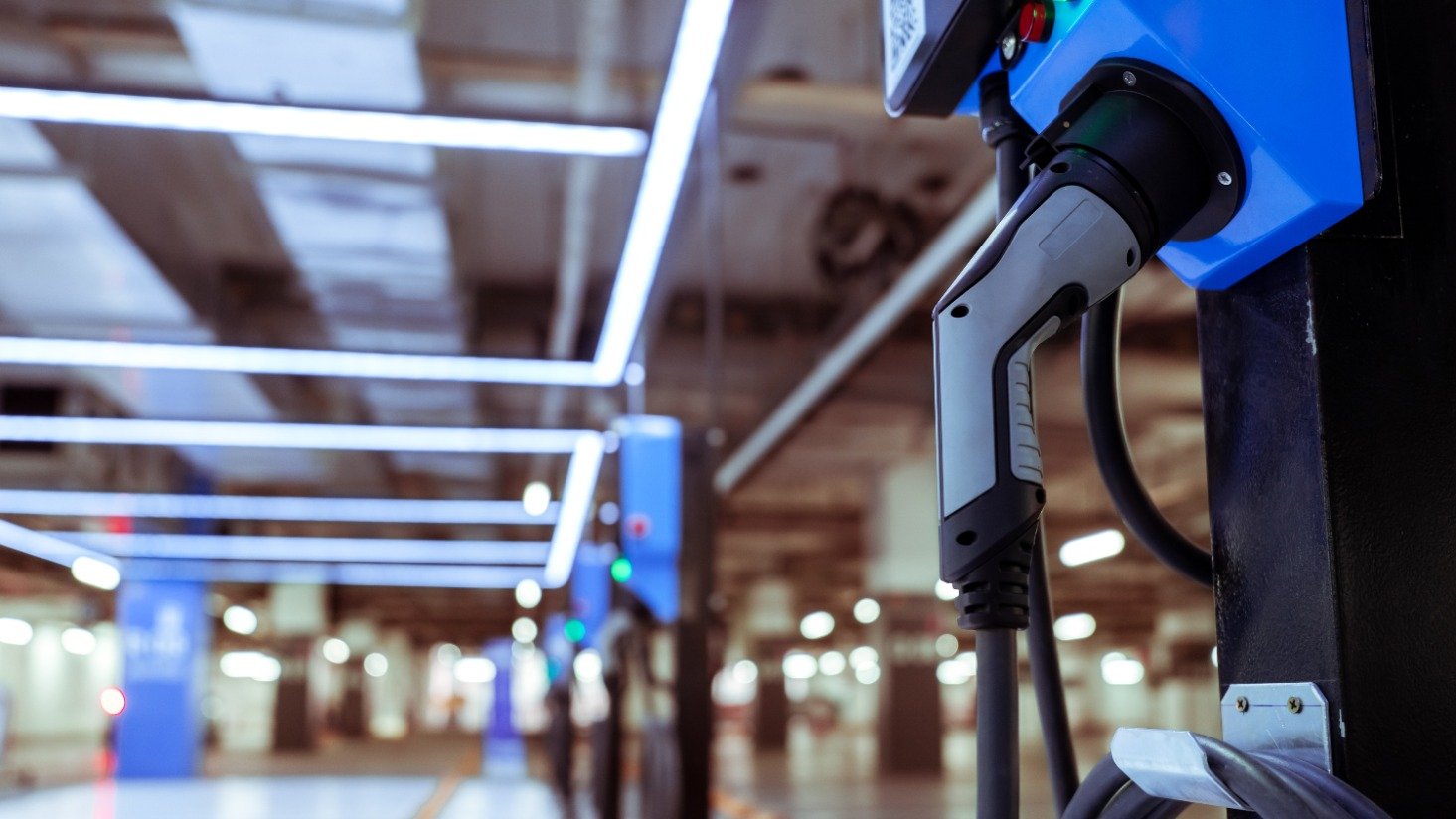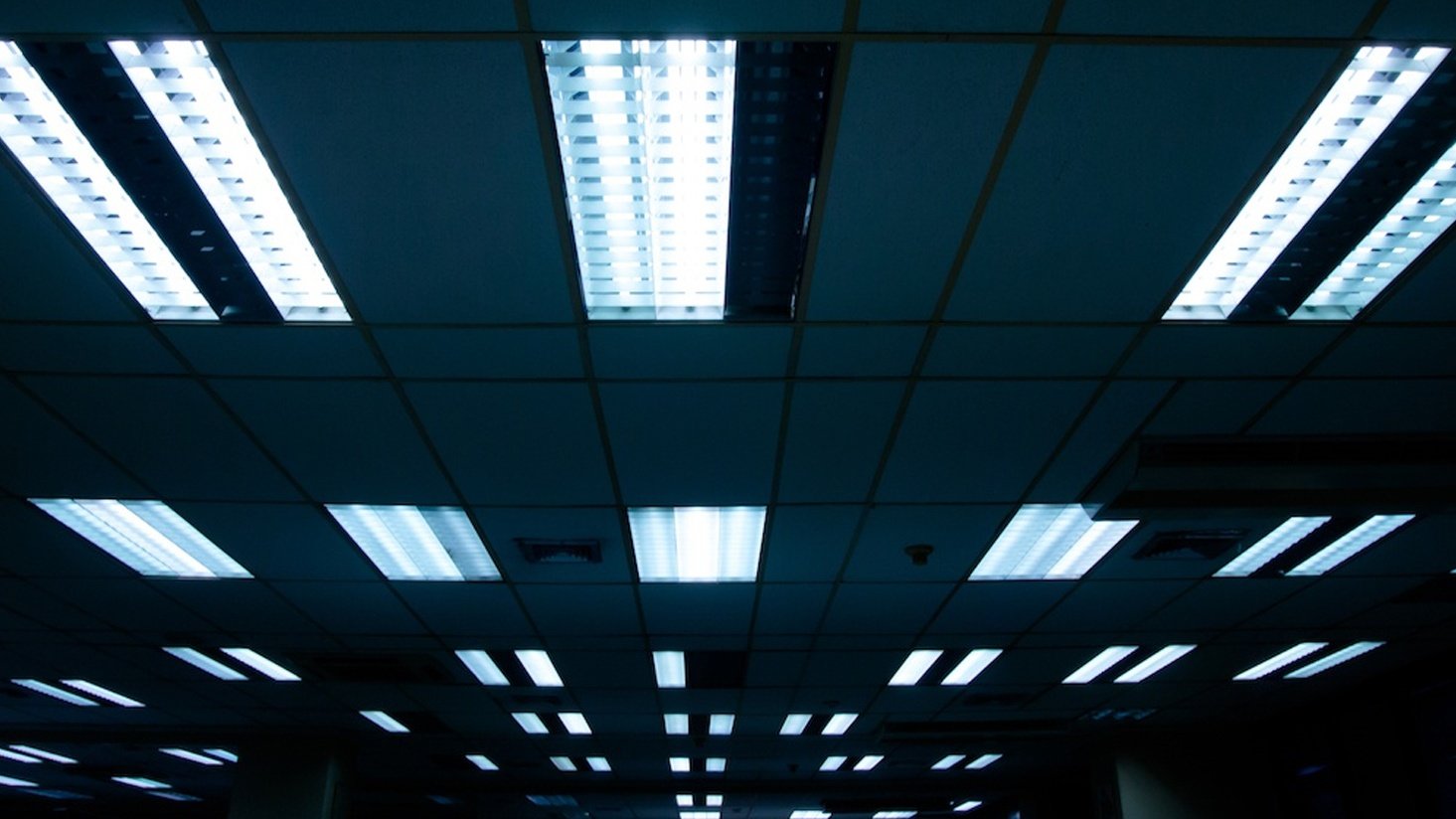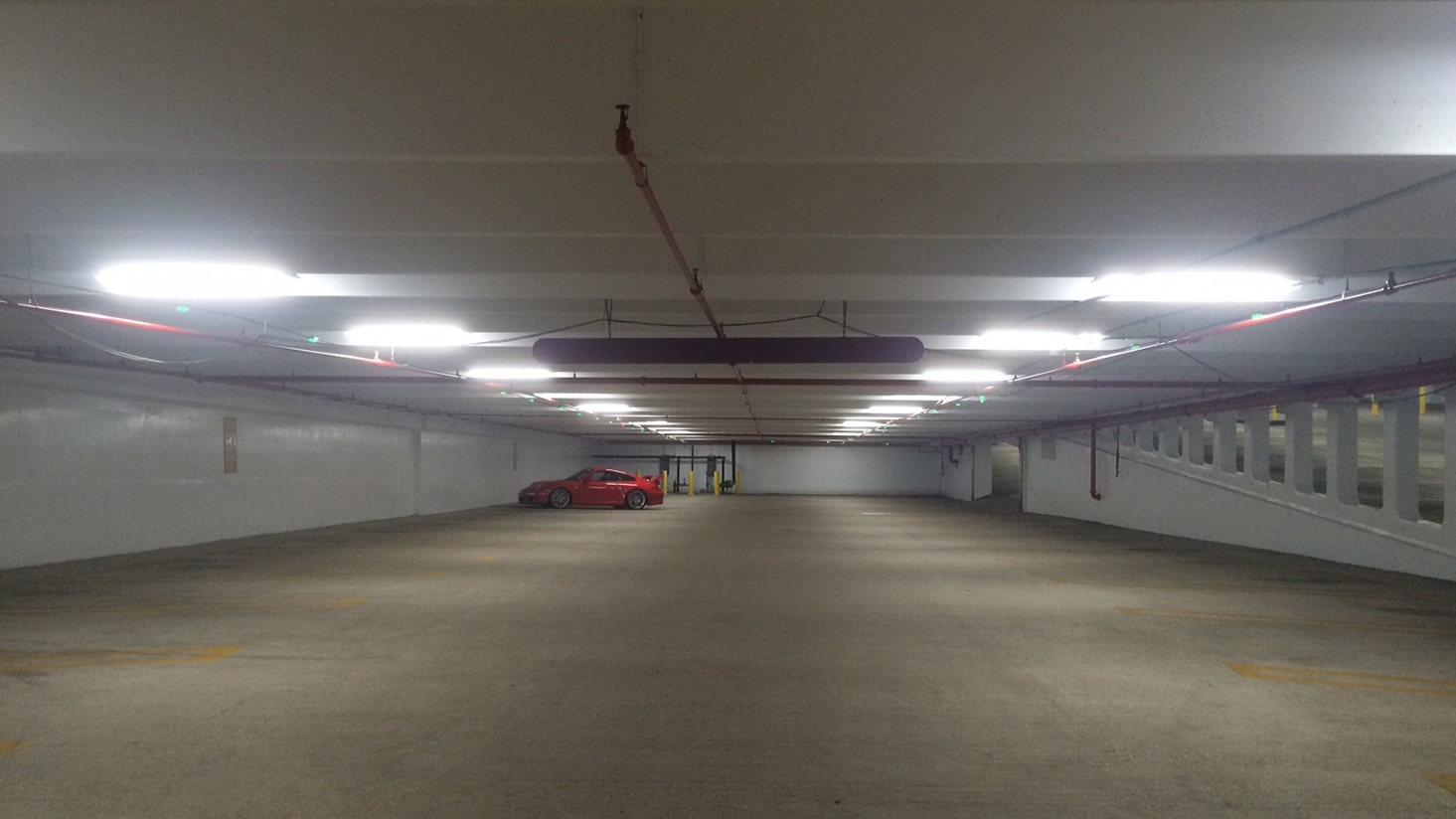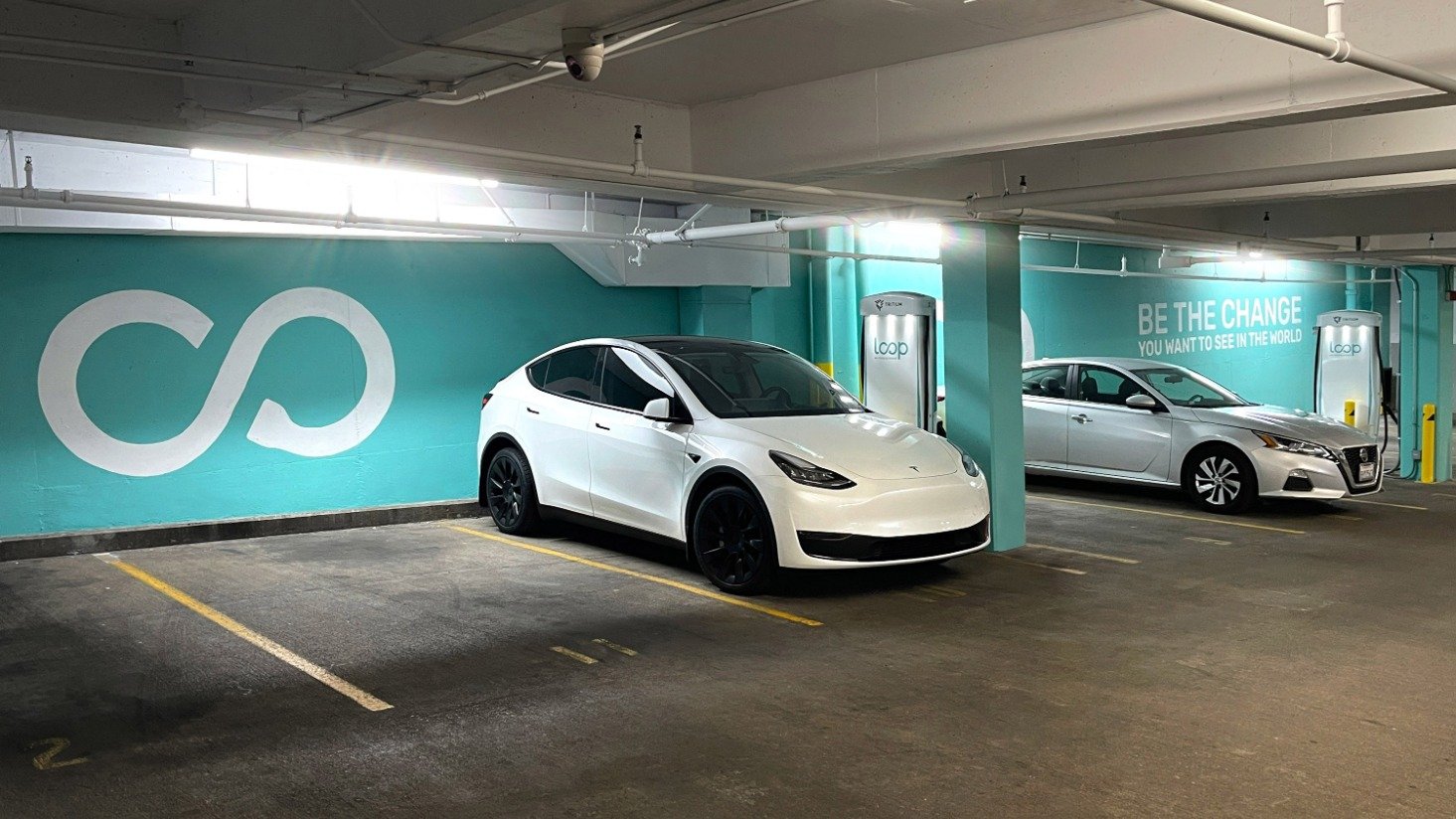Types of EV Charger Rebates
Intro will go here
Rebates are an attractive incentive for any upgrade, and it's no different for the EV charger market. Demand for electric cars is booming, which means EV chargers on commercial properties are much needed. Rebates for EV chargers are a great option to complete a project at a lower cost, just like with lighting rebates.
And there are plenty of options available. Currently, 74% of the United States is covered by a rebate or incentive for an EV charger. While many companies offer incentives for both commercial and residential rebates, we're focusing primarily on commercial rebates in this article.
Catch up: What kind of EV charger is best for businesses?
Types of commercial rebates for EV chargers
Rebates for EV chargers are still growing and changing. Traditional energy efficiency rebates are mostly streamlined and well-established. Because the hundreds of programs available are constantly changing, it's important to be familiar with the different types of rebates available.
We're explaining the variety of rebates available thanks to our friends at Briteswitch.
1. Prescriptive or Standard Rebates
Prescriptive rebates are the most common type of rebate for EV chargers. Also called a standard rebate, these are very similar to prescriptive rebates for energy efficiency programs. Customers receive a standard ("prescribed") amount for every product or unit purchased.
Right now, half of prescriptive rebates are paid by charger. Others are paid by port, which is how many cars can plug into a single charger.
If you're going after a prescriptive rebate, make sure you get pre-approval first. The rebate is usually available eight to 10 weeks after installation is complete.
2. Make-Ready Rebates
Make-ready programs take a different approach to covering project costs. Instead of applying to equipment purchases, make-ready rebates cover some of the costs spent to make a property ready for charging stations (typically DC Fast Chargers).
This type of program is fairly common for EV chargers, but the amount they may cover could vary. For example, some make-ready rebates could cover all of the costs, including the charger connection, while others may only cover utility work.
Customers typically see their rebate eight to 10 weeks after the application is submitted. But remember to fill out the paperwork appropriately! These rebates require pre-approval.
3. Instant, Point of Purchase, or Midstream Rebates
Instant rebates are just — instant. They're available at the same time as purchase. Typically, instant rebates (also called point of purchase or midstream rebates) for EV chargers are available on websites set up to take off a certain amount. There is no additional paperwork to file, just a discount received at checkout.
Residential customers are likely familiar with this type of rebate, which have been available for products like smart thermostats. There's only a small amount of instant rebates currently available for EV chargers.
4. Turnkey or Direct Install Programs
In some cases, the entire rebate process is handled from beginning to end — purchasing the EV charging equipment to installing it. This is called a "turnkey" or "direct install" program.
A simple solution for customers, this one-stop shop rebate option is subtracted from the overall project cost on the final invoice. Currently, turnkey options are pretty rare for commercial buildings. They are typically found for residential properties and only a handful of participants get into the program.
Additional considerations for EV charger rebates
As you're sifting through rebate options, you may notice a few other terms or descriptions related to rebate options.
1. Case-By-Case or Custom Rebates
When programs don't fall into any other category, they may be called case-by-case programs or custom rebates — and the incentives can vary greatly. They're primarily available for DC Fast chargers (great for rapid battery recharge).
There are a few downsides to keep in mind with custom rebates. Often, you have to complete the entire approval process before you know how much you'll be able to save. They're sometimes hard to estimate and can be based on factors like economic viability and project cost.
2. NEVI Rebates
NEVI stands for "National Electric Vehicle Infrastructure" and it's technically a source of funding, not necessarily a type of rebate. The purpose of the NEVI Formula Program is to provide more fast-charging infrastructure across the country.
Although the federal government has oversight of the program, funding is managed by the states. Each state has different rules and requirements; however, the federal government does mandate for equipment to be in certain locations and accept multiple payment options.
3. Stackable Programs
Stackable programs are an added bonus. Some projects can be "stacked" or combined from multiple sources. The only limit here is that the rebate amount cannot exceed the cost of the project (even when combined). While you can cover project costs, you cannot make a profit off of stackable rebates.
If you're looking for stackable programs, look for the fine print. Stackable programs will be noted in the paperwork.
Tips for finding EV charger rebates
If you're interested in finding EV charger rebates, but need some guidance or support, we're here to help.
Our team of experts has spent decades sorting through lighting rebates to help our customers find the best option, then assisting with cumbersome paperwork to make sure the rebate is filed properly.
With the EV market rapidly growing, we're now here for those looking to capitalize on rebates and incentives. The opportunity is huge and it's worth the leg work to take advantage of these programs.
More resources:
The three most common EV charger installation delays
The practical differences between Level 1 and Level 2 EV chargers
How much does it cost to install EV chargers?










